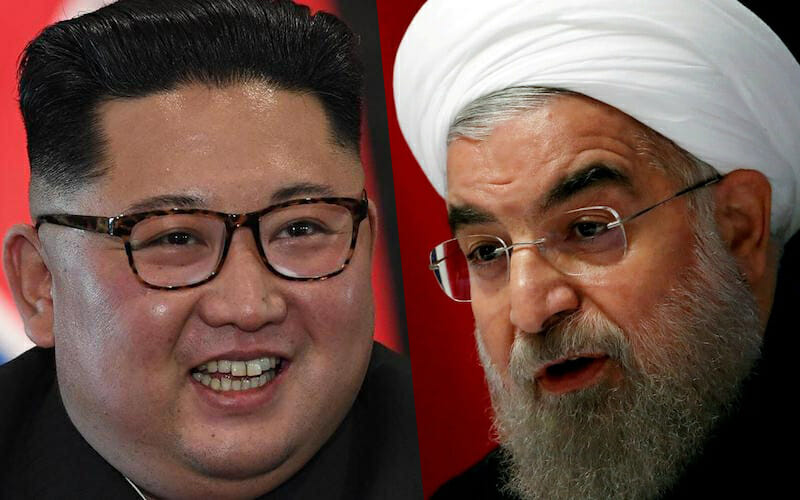
25 Years Later: The Lessons of South Africa’s Nuclear Disarmament
If there was a simple mechanism to negotiate the dismantling of nuclear weapons, the global anxiety of nuclear usage would dissipate and international security would progress. The necessity to prevent a nuclear attack has been present since the United States dropped the atomic bomb on Hiroshima. However, a state does not just simply destroy its nuclear arsenal. The choice to do so is crucial to a state’s security dilemma. South Africa chose to dismantle its six nuclear weapons in the 1990s and announced its decision to do so. 25 years following South African disarmament, the world still fears nuclear buildup or usage by other states. As the United States moves forward following the withdrawal from the Joint Comprehensive Plan of Action with Iran and works to prevent a nuclear escalation with North Korea, policy leaders must learn from the factors which allowed South Africa to end its nuclear weapons program.
The political atmosphere of South Africa contributed to the decision for South Africa to dismantle its nuclear weapons program. This occurred near the time when the South African President F.W. de Klerk freed Nelson Mandela. In 2013, South African President F.W. de Klerk stated that the 1989 decision to dismantle its nuclear weapons program was in part due to the evolution of South African politics and cultural trends since the 1970s. The denuclearization process was encouraged by Foreign Minister Pik Botha. When it was consequently announced that South Africa had gotten rid of its nuclear weapons, the first non-racial elections at the close of the apartheid were happening simultaneously.
South Africa’s pursuit of a clandestine nuclear weapons program created an element of prestige for the state and fostered its external relationships. Initially, South Africa began working with Israel to advance its program. On September 22, 1979, a United States Vela satellite spotted a double flash. It was never completely confirmed but was suspected to either be a technological mistake or evidence of a nuclear test between South Africa and Israel. This was due to the location of the flash near South Africa’s Prince Edward Islands and the close relations between the two. When Israeli Prime Minister Ariel Sharon visited South Africa in 1981, relations only progressed. Sharon espoused South Africa as being one of the only African countries resisting Soviet military presence and that it would need possible nuclear weapons to deter Soviet troops. This represented the positive external relations a nuclear program brought South Africa.
South Africa had a military strategy against the Soviet Union’s expansion that relied upon the threat of nuclear backlash. If South Africa was attacked, it would test a nuclear weapon to demonstrate its abilities and then promise to use the weapon if the United States did not come to South Africa’s defense. South Africa dismantled its arsenals simultaneously as the Soviet Union was crumbling. The fact that South Africa no longer had the nuclear capabilities signaled its inability to launch a nuclear attack on an adversary, thus decreasing its perceived level of threat and lowering threats against itself. President F.W. de Klerk further elaborated the military rationale behind the pursuit of South Africa’s nuclear weapons program: “In 1974, as Soviet influence began expanding in southern Africa, our country decided to build a small number of nuclear bombs. After the collapse of the Portuguese empire in Africa in 1975, South Africa’s industrial heartland was suddenly vulnerable to air attack from the Soviet Union’s new allies in the region.”
25 years following the end of the South African nuclear program, there is no definitive way to coerce Iran and North Korea to dismantle or pause their nuclear capabilities. It is a multifaceted process to defuse the nuclear anxiety that plagues the United States and its allies. The case of South Africa provides an excellent base point for these considerations. Iran and North Korea have to be analyzed as unique cases. In addition to personal factors which motivate them to pursue nuclear weapons, these states have to feel secure in their own political environment and relationships with hegemonies in other to consider ending their programs. Acknowledging and utilizing that can only guide United States policymakers as they work towards creating nuclear agreements with Iran and North Korea.

